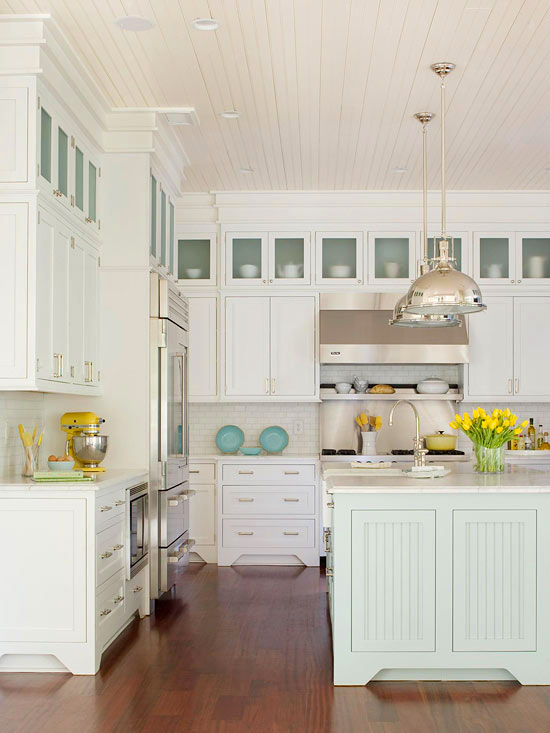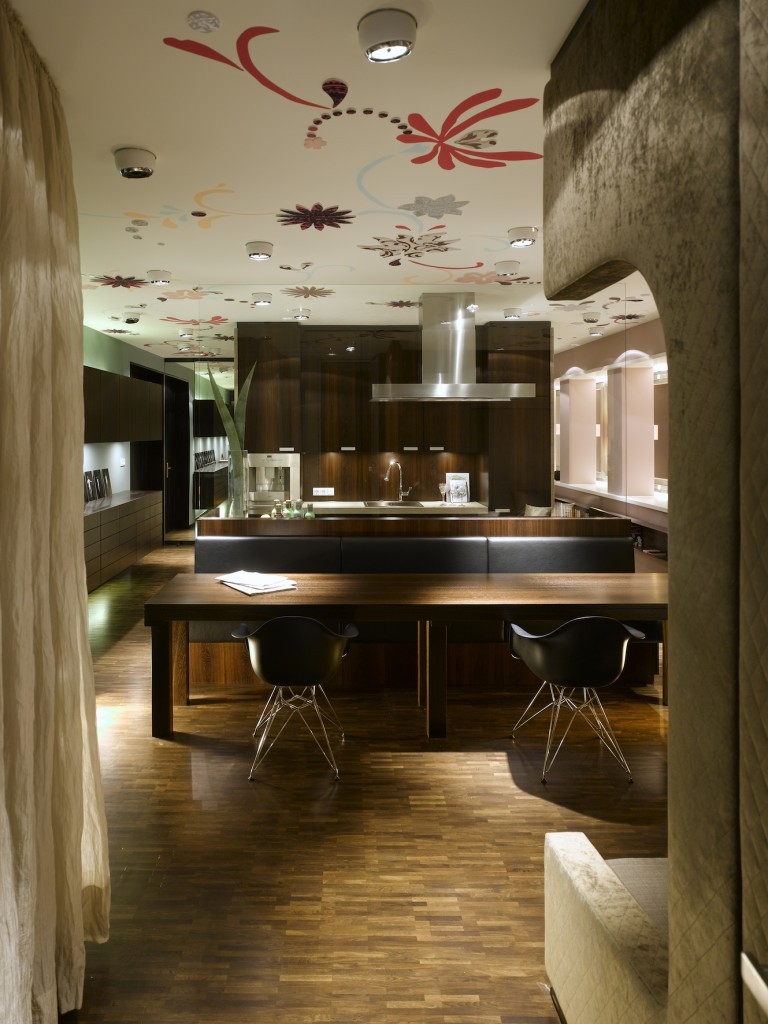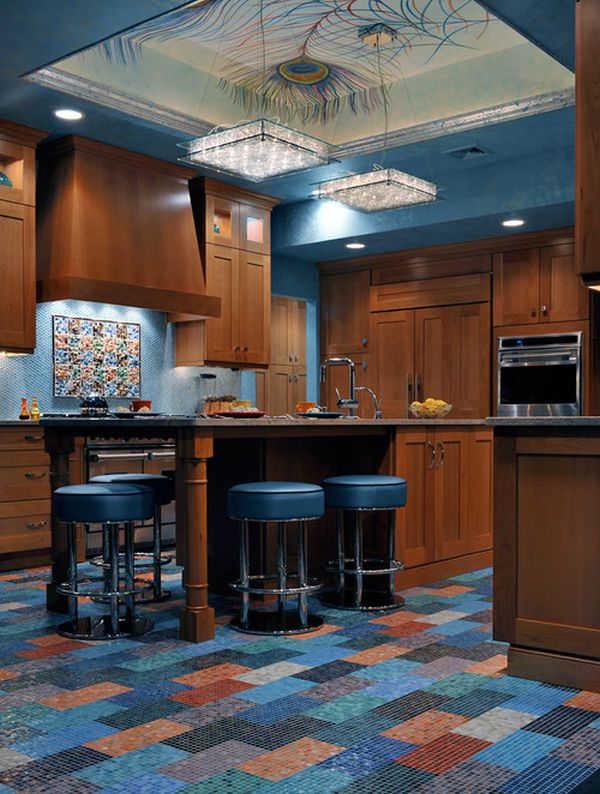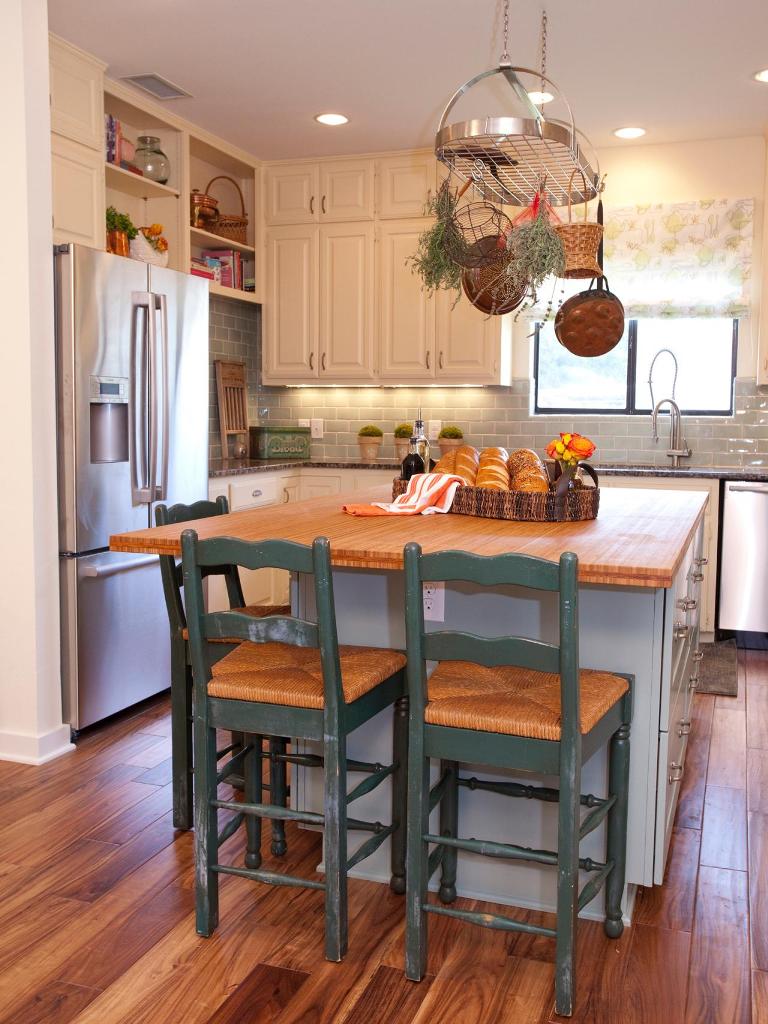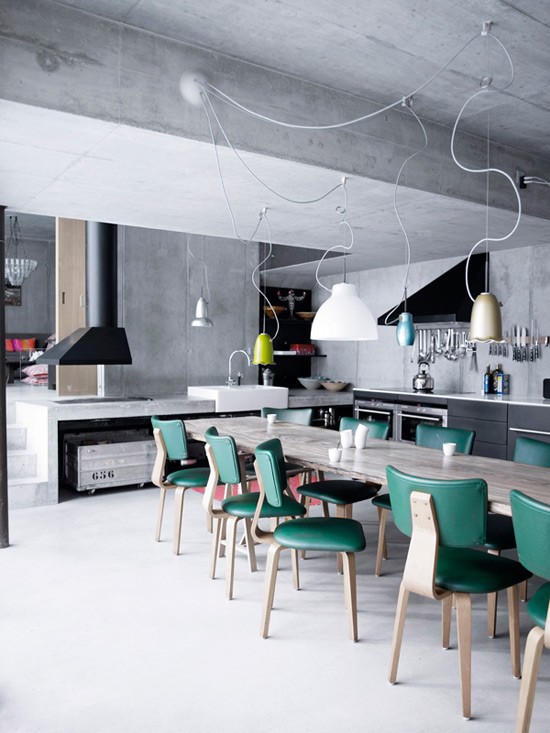Discover Japaneseism, the decor trend that combines Japanese minimalism and Scandinavian warmth to create environments! Decorative style unites the best of Scandinavian and Oriental, translated into pieces, colors and much more.
Japan’s encounter with the world and the incorporation of Japanese style into Western arts. These are two aspects that gave rise to a style: Japaneseism. Manifested for several years in interior design, it is gaining more and more followers in a modern world.
The world is plural. Even cultures that are closed to globalization, at one time or another, open themselves up to the different. This is the case of oriental decoration , which, from a gradual opening of borders and thought, gave rise to a style that won the universe of architecture.

In this article, travel to the Far East to discover the sources of Japaneseism, this trend that proves current and combines with the search for new lifestyles!
1- What is Japaneseism?

Japaneseism is a union of Scandinavian and Japanese styles in architecture and interior design. The main sources are, respectively, Hygge and Wabi-Sabi.
From Hygge, Japaneseism inherited the search for comfort and well-being, through cozy and neutral environments.
From Wabi-Sabi, the style chooses minimalism as the high point, followed by an intense use of natural elements.
Thus, Japaneseism is, before a very strong trend identified by Pinterest Predicts , the search for a lifestyle.
2- How did Japaneseism come about?
Before being acclaimed Japaneseism, this style began as the world’s attempt to understand Japan.
In other words, it was an immersion of Western countries in Japanese culture, starting from the little that was known about there.
3- JAPANESE SECLUSION
 Mount Fuji and surrounding areas exemplify the isolated posture that Japan has adopted for hundreds of years
Mount Fuji and surrounding areas exemplify the isolated posture that Japan has adopted for hundreds of years
The reason japandi started as an almost speculative movement is that, for hundreds of years, Japan has been closed to the world. And that means in all aspects: from economic to tourist.
This barrier, imposed in the country during the Edo period — from 1639 to 1858 — brought internal and external cultural consequences.
From the inside, Japanese culture solidified, as society was 100% dependent on itself. Outside, the world was advancing in various directions and seeking to understand this eastern archipelago, especially its customs and art.
During this period, some Japanese artists began to produce art in paintings that depicted the daily life of Japanese society. They showed, in a few lines, a single plan, neutral colors and natural scenery, the life of the Japanese.
4- OPENING UP TO OTHER COUNTRIES
However, these arts were not well received in the country itself. Result: when they started to be exported to Europe, they gained the taste and galleries of countries like England and Holland.
It is at this moment that Japan begins to incorporate itself into other cultures and to be expressed, beyond the canvas, in architecture and interior decoration.
5- What are the principles of Japaneseism?
 Japaneseism, plant decorating interior
Japaneseism, plant decorating interior
There is a north to be followed when thinking about decorating the japandi profile. As we have seen, the fusion between the Hygge and Wabi-Sabi styles gave rise to Japaneseism.
See the principles of this style:
- valorization of the imperfect: in japandi, the manual and what is considered an aesthetic defect is valued. He takes advantage of imperfections to create, such as the gold-plated porcelains of the Wabi-Sabi style;
- a climate that transmits warmth: everything must converge to create a climate of well-being, in which people who are going to use a space, whether for a long or a short time, feel welcomed;
- search for balance: nothing is by chance in japandi, faithfully following the moderation and calculation of oriental arts, such as painting with fine and precise lines;
- the natural as a goal: plants, trees, flower beds and handcrafted pieces in fabrics, porcelain and clay are vital for the maintenance of japandi;
- Japanese minimalism: less is always more, starting from the layout of the environment, passing through the color palette and reaching the plants.
6- What is the influence that Japaneseism has impressed on the world?
Over the years, Japaneseism took root in various artistic expressions. Music, painting, literature, fashion and many others were influenced by the culture of Japan.
7- SONG
Musician Maurice Delage lived in Japan between 1911 and 1912. From there, he brought Japanese poetry to his compositions in partnership with Igor Stravinsky. Then, in 1913, the Russian creator made the work Three Poems of Japanese Lyrics .
8- PAINTING
The Symbolist painter Gustav Klimt made the work The Second Portrait of Adele Bloch-Bauer , in which simple lines and the use of a single plane are observed.
This work demonstrates the influence, among other “Japonist” creations by Klimt, of Japanese paintings on Western arts.
9- LITERATURE
French writers such as Victor Hugo and Charles Baudelaire were inspired by the simplicity of the Japanese arts to go against classicism, which is far-fetched.
In addition to being inspired by Japanese aesthetics, these and other writers also sought the oriental look to create .
10- FASHION
From the nineteenth century, the kimono entered Western culture, especially in countries like Holland, France and England.
Basically, the use of traditional clothing was divided between serving as a robe and also casual use by the elite.
11- How to apply Japaneseism in projects?
To evoke the japandi spirit in different projects, there are many paths that can be taken. Following the principles of style, there is no room for error, because the imperfect can be used as a motto.
12- USE WOOD IN LIGHT TONES
 Japaneseism, wooden dishes
Japaneseism, wooden dishes
The woods in bright colors can be used in moderation. Preferably, pieces in a neutral style, without so many curves and details. Going on the more natural side is always the best idea.
Items in sanded or polished wood, with a light layer of sealant to protect them in places that catch sunlight, are perfect for the style.
13- DECORATE WITH PLANTS
In Japaneseism, plants always deserve a prominent place. There are no rules for the use of leafy or floral species for them to be considered a true japandi. The recipe is to use common sense and balance.
Small vases for smaller areas and large pieces for wide spaces, light colors and vegetation that match the residents’ personality are some of the tips.
But the main tip cannot be forgotten: the species must be used in environments that offer the right conditions for them to be showy.
14- MAKE FLORAL ARRANGEMENTS

Following the premise of the need for plants for environments, the floral arrangements are perfect for the japandi style. Techniques such as Ikebana and Kokedama gain space.
These decors are used in smaller proportions, to highlight or complement an area with a peculiar touch.
15- APPLY EARTH TONES
The beige, brown, orange, yellowish and greenish tones always favor japonism, reinforcing the idea of a natural project.
There is a great advantage that wooden pieces and plant arrangements carry these tones naturally.
To follow this line in other articles, use coatings, fabrics, objects etc in different shades of this palette.
16- MODERATE ON ELEMENTS
Japanese minimalism determines the amount of items in the decor. In this sense, applying few elements to the environment – even if it is quite large – is essential.
The search for well-being should guide the choice of each element that will make up the project. Therefore, in addition to furniture and decor items, it is necessary to avoid pieces that fill the spaces unnecessarily.
17- MAKE ROOM FOR PLENTY OF NATURAL LIGHT
 Japaneseism, natural light
Japaneseism, natural light
The natural lighting plays many roles in japonism; all of them are contemplated at the same time with a good use of sunlight.
The search for well-being, lighting for plants and valuing a space that values the natural are a kind of triad that requires sunlight.
To achieve good natural lighting, invest in windows and other openings.
18- DARE WITH HANDCRAFTED ITEMS
Sisal ropes, coconut fibers, bamboo, clay, clay and other natural handcrafted materials should be part of a Japanese decor. The incorporation of these elements enhances the encounter with nature that the style proposes.
19- PREFER TEXTILES IN NEUTRAL TONES
Curtains, rugs, blankets, pillows and bedding should accompany the atmosphere of the environment. Prioritize neutral and earthy tones when choosing textiles.
The feelings of welcome and coziness that japandi promote are, to a large extent, brought about by these articles. Therefore, researching parts that follow this concept during the project elaboration is what there is to achieve excellence.
Japaneseism shows that cultures intertwine and can create amazing things. And in architecture and interior decoration, it can be said that the meeting of the West with the East has reached its apex, culminating in the search for today’s societies: well-being, quality of life and comfort.






